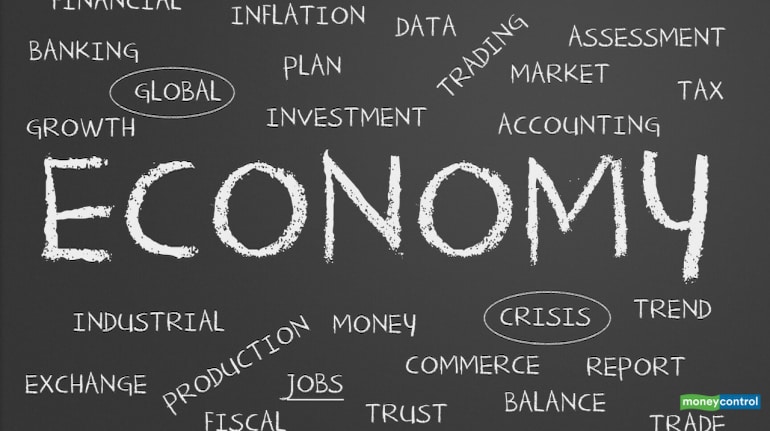



Talks of bringing Russian crude oil under the ambit of stricter US sanctions as West mulls further steps to cripple the Russian economy are playing havoc on global crude prices. Crude exports are one of largest sources of income for the country and till now West has refrained from sanctions on oil imports from Russia. The European Union nations are largely dependent on oil & gas imports from Russia for their energy needs. Germany has openly mentioned that sanctions on Russian oil would stall one of the biggest economies of the European Union.
Meanwhile, ongoing crises has spiked crude prices as Brent Crude touched $139.13 per barrel and US West Texas Intermediate (WTI) hit $130.50 on March 7 as both benchmarks reached their highest since July 2008 before paring gains.
Year 2022 has seen global oil prices spiking by more than 60 percent since the start of January. Prices of other commodities have also moved higher in tandem raising concerns about world economic growth and stagflation. China, the world's No. 2 economy, is already targeting slower growth of 5.5% this year.
How does this impact India?
Current account deficit to widen
According to a report from the rating agency ICRA, the international crude oil price in Indian basket terms surpassed the $130 a barrel mark on March 7.
Price of the Indian crude oil basket has averaged $114.6 a barrel so far in the week of March 1-7. This is a 23 percent surge from $93.3 a barrel in February.
“We expect the price of the Indian basket of crude oil to remain volatile in the near term until geopolitical tensions ease or OPEC decides to materially raise the magnitude of production,” the report from ICRA said.
The report adds that every $10 per barrel rise in crude prices results in a $14-15 billion increase in current account deficit (CAD) which is equivalent to almost 0.4 percent of GDP.
“If the ongoing crisis continues to rage and keeps the crude prices for India at an elevated level of $130 per barrel, CAD will widen to 3.2 percent of GDP,” said the report from ICRA. If this happens, it will be the first time in a decade that the CAD will breach the 3 percent mark.
Rupee depreciation
March 7 saw another first as Indian rupee (INR) breached Rs 76.94 to a dollar mark making a new record low. Heavy dependence on oil imports has increased the energy bill significantly which has put tremendous pressure on the currency.
ICRA expects elevated crude oil and commodity prices, ongoing geopolitical tensions and pessimistic sentiment in global markets, along with a stronger US dollar, to further have a negative impact on INR.
However, India has large forex reserves amounting to $631.5 billion (as per data released on February 25), which are equivalent to 12.6 months of imports on TTM (trailing twelve months) basis. The reserves are likely to cushion the further downside in the INR.
Following the escalation in geopolitical tensions, ICRA expects dollar-INR cross rate to trade in a range of 76.0-79.0 until the conflict subsides.
Inflation to firm up
In Indian context, fuel holds 4.2 percent weightage in CPI (consumer price inflation) basket while for WPI (wholesale price inflation) it accounts for 10.4 percent.
Consequently, with the rise in crude prices, fuel has added 1 percent to CPI inflation since June 2021 while for WPI inflation, the impact is much higher at 3.5 percent.
ICRA’s report said, “Higher commodity prices and a weaker rupee pose upside risks to our baseline forecast that the base effect will moderate the average CPI and WPI to 5.0 percent each in FY23 from 5.4 and 12.0 percent respectively in FY22.”
However, a cut in excise duty can absorb a portion of the impact of higher crude on the CPI inflation.
Excise duty cuts at the cost of revenue loss for the government
It is estimated that at the current rates of excise duty on Motor Spirit (MS) and High Speed Diesel (HSD), the government is slated to garner collections of Rs 3.35 trillion (lakh crore).
However, if excise rates are reduced to pre-pandemic levels of Rs 19.9 per litre on MS and Rs 15.8 per litre for HSD before April 1 followed by Rs 2 per litre budgeted hike in the second half of FY23, “we estimate cess collections in FY23 at Rs 2.4 trillion, around 27.5% lower than the base expected collection of Rs 3.35 trillion, which is a loss of Rs 920 billion (or Rs 92,000 crore) to the government,” added ICRA in its report.
Apart from above, the prolonged crisis can impact India’s GDP which was expected to grow at 8 percent in FY23.
Discover the latest Business News, Sensex, and Nifty updates. Obtain Personal Finance insights, tax queries, and expert opinions on Moneycontrol or download the Moneycontrol App to stay updated!
Find the best of Al News in one place, specially curated for you every weekend.
Stay on top of the latest tech trends and biggest startup news.